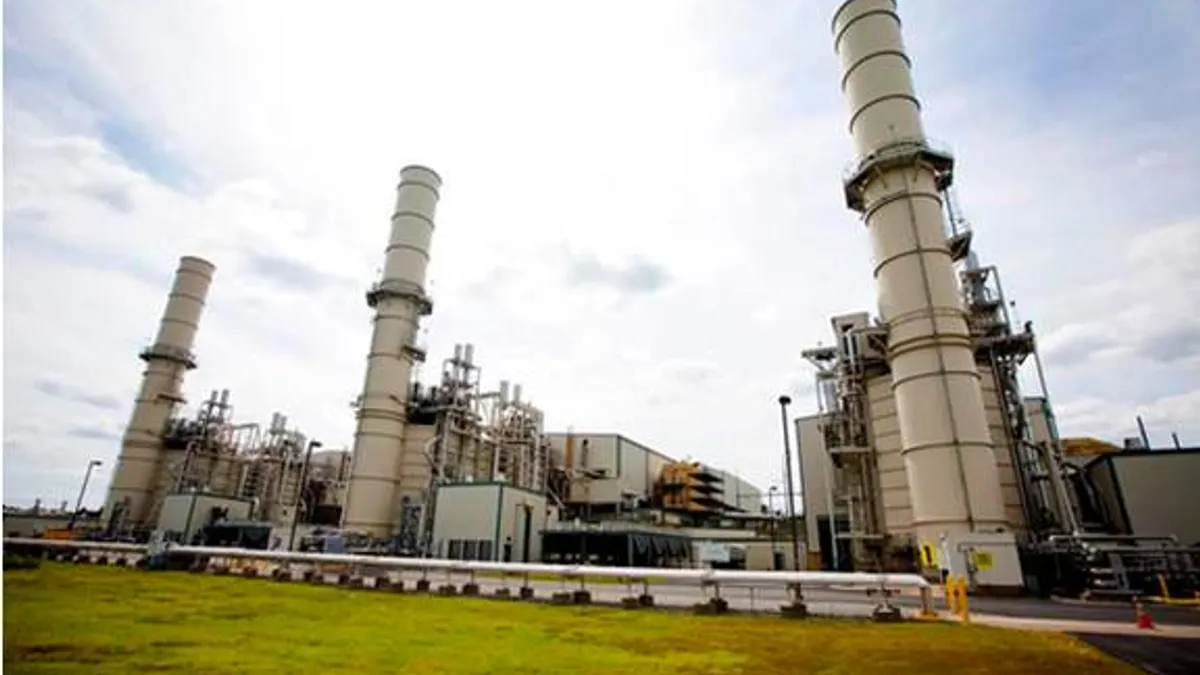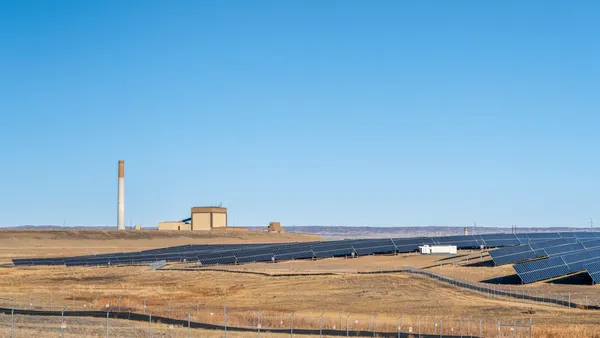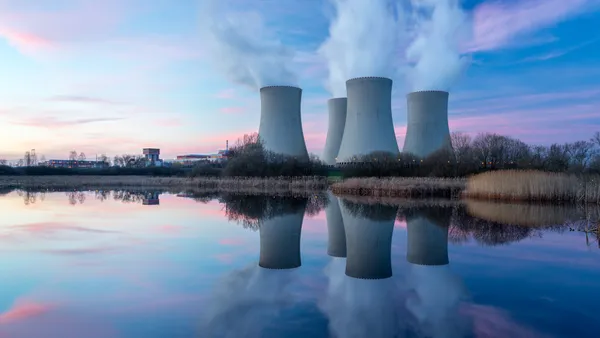Dive Brief:
- According to the U.S. Energy Information Administration (EIA), 2015 was the first year on record that the average capacity factor of natural gas combined-cycle plants exceeded that of coal steam plants.
- The capacity factor of the U.S. natural gas combined-cycle fleet averaged 56% in 2015, compared with 55% for coal steam power plants, EIA said.
- EIA said the power industry has been running natural gas combined-cycle generating units "at much higher rates" that it did a decade ago, while the utilization of the capacity at coal steam power plants has declined.
Dive Insight:
While coal retirements and the growth of gas-fired generation has been a large factor in gas overtaking coal, it isn't the only factor, EIA officials remind us this week. Utilization factor is also key, and in that metric gas generation topped coal for the first time last year.
"The industry has been building new natural gas capacity and retiring coal plants, but another important factor behind the changing generation mix is the day-to-day pattern of how existing power plants are used," EIA said in a note published yesterday.
EIA said gas-fired generating units driven by combustion turbines or steam turbines accounted for about 28% and 17%, respectively, of total natural gas-fired capacity in 2015. "Combined-cycle plants, which are designed as an efficient hybrid of the other two technologies, accounted for 53% of gas-fired generation capacity," the agency said.
Gas prices have remains near historical lows in the last couple of years, and as a result "power plant operators have found it more economical to run combined-cycle units at higher levels," EIA said. That's had an impact on both utilization and actual output.
Gas-fired power plants generated more energy than coal did in seven months last year, a stark reversal given it had never happened previously. In December, natural gas generated 109,646 GWh compared to 89,649 GWh from coal plants. Coal still finished the year ahead, however, but only by a thin margin — 1,356,057 GWh for coal, and 1,335,068 GWh for gas.















